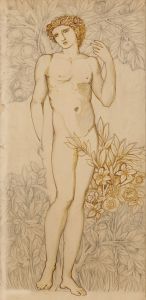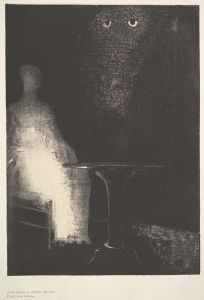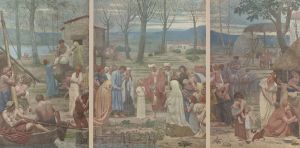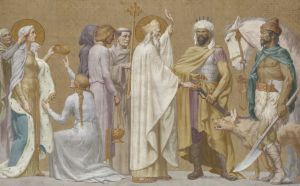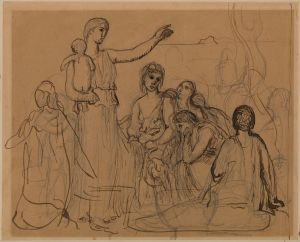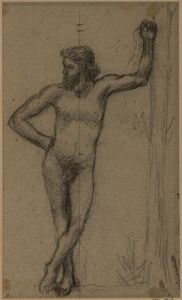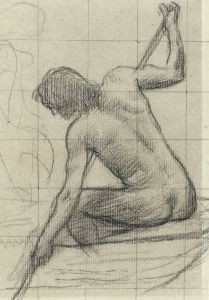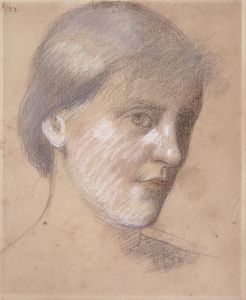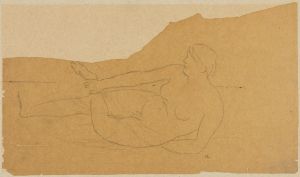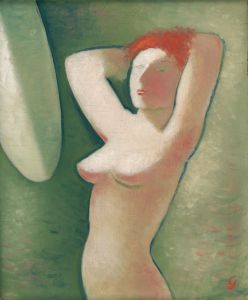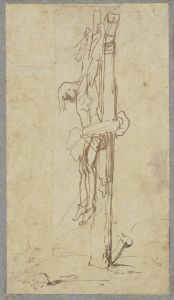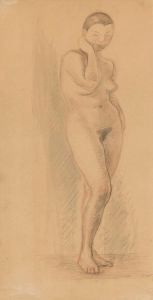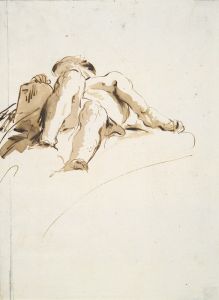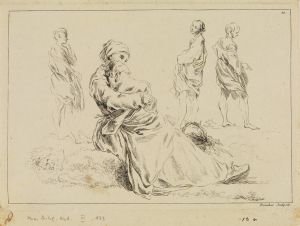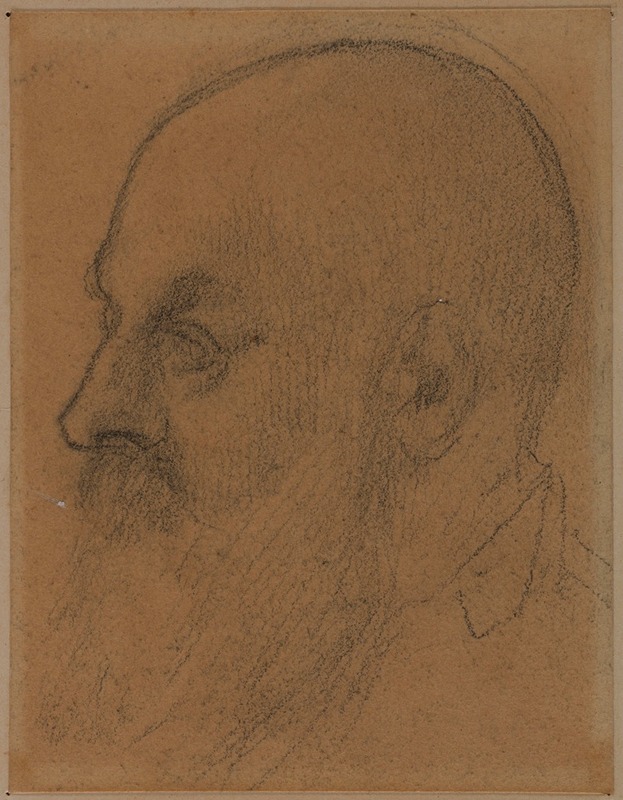
Tête d’homme
A hand-painted replica of Pierre Puvis de Chavannes’s masterpiece Tête d’homme, meticulously crafted by professional artists to capture the true essence of the original. Each piece is created with museum-quality canvas and rare mineral pigments, carefully painted by experienced artists with delicate brushstrokes and rich, layered colors to perfectly recreate the texture of the original artwork. Unlike machine-printed reproductions, this hand-painted version brings the painting to life, infused with the artist’s emotions and skill in every stroke. Whether for personal collection or home decoration, it instantly elevates the artistic atmosphere of any space.
Pierre Puvis de Chavannes was a notable French painter of the 19th century, recognized for his contributions to Symbolism and his influence on modern art. However, specific information about a painting titled "Tête d’homme" by Pierre Puvis de Chavannes is not readily available in historical records or major art collections. It is possible that this work is either lesser-known, not widely documented, or may be referred to by another name in existing art literature.
Puvis de Chavannes is best known for his large-scale mural paintings, which often depicted allegorical and classical themes. His style is characterized by its muted color palette, simplified forms, and serene compositions, which were quite distinct from the more dramatic and detailed works of his contemporaries. He was a leading figure in the Symbolist movement, which sought to express ideas and emotions through symbolic imagery and was a precursor to modernist trends in art.
Born in Lyon, France, in 1824, Puvis de Chavannes initially studied engineering before turning to art. He trained under several artists, including Eugène Delacroix and Thomas Couture, but eventually developed his own unique style. His works often reflect a sense of timelessness and universality, drawing on themes from mythology, religion, and literature.
Puvis de Chavannes gained significant recognition for his public murals, which adorn the walls of many important buildings in France. Some of his most famous works include the murals at the Panthéon in Paris, the Musée de Picardie in Amiens, and the Hôtel de Ville in Paris. These works were highly influential and inspired many younger artists, including the likes of Paul Gauguin and Georges Seurat.
Despite his prominence, not all of Puvis de Chavannes's works are as well-documented as his major murals. Smaller works, studies, or lesser-known paintings might not be as thoroughly cataloged, especially if they are held in private collections or have not been part of major exhibitions. This could be the case with "Tête d’homme," assuming it is an authentic work by Puvis de Chavannes.
In the absence of specific information about "Tête d’homme," it is important to consider the broader context of Puvis de Chavannes's oeuvre. His work often explored the human condition and the relationship between humanity and nature, themes that might be reflected in a portrait or study of a man's head. However, without concrete details, any further description would be speculative.
For those interested in learning more about Pierre Puvis de Chavannes and his contributions to art, it is recommended to explore his well-documented murals and the impact they had on the development of modern art. His legacy is preserved in numerous art museums and galleries, where his influence on subsequent generations of artists can be appreciated.
In conclusion, while specific details about "Tête d’homme" by Pierre Puvis de Chavannes are not available, understanding his broader body of work provides insight into the themes and styles that characterized his artistic career.





